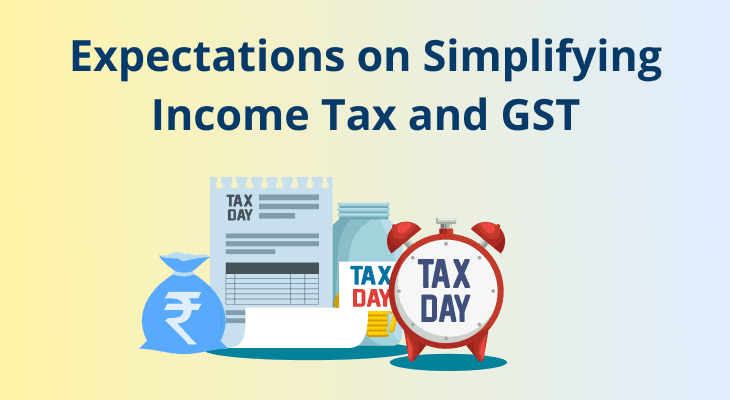Middle Class Anticipates Relief Following Income Tax and GST Adjustments

The Indian government is reportedly considering a significant overhaul of the Goods and Services Tax (GST) framework, aiming to provide relief to the middle class by lowering tax rates on essential household items. According to various media sources, this potential change could simplify the current GST structure, which consists of four main tax brackets: 5%, 12%, 18%, and 28%. The proposed adjustments may include reducing the GST rates for commonly used products, thereby easing the financial burden on everyday consumers.
Proposed Changes to GST Rates
The government is exploring the possibility of lowering GST rates for essential items such as pulses, rice, and besan. Additionally, there are discussions about reducing tax rates on everyday products like toothpaste, kitchen utensils, footwear, and ready-made garments within specific price ranges. Reports indicate that the 12% GST slab might be eliminated or reduced, with some items potentially being shifted to the 5% category. This move is part of a broader initiative to simplify the GST system and enhance its operational efficiency, as highlighted in recent governmental consultations.
Current GST Framework Overview
Under the existing GST framework, the 5% tax bracket includes 21% of GST items, while the 12% bracket covers 19%. The 18% category applies to 44% of items, and the highest rate of 28% is levied on just 3% of goods. This structure has been in place since the GST was implemented, and the government is now considering adjustments to make it more consumer-friendly. The discussions around these changes follow the recent revamp of the income tax regime announced by Finance Minister Nirmala Sitharaman, which aims to provide tax relief to individuals earning up to Rs 12 lakh, who will pay no tax from the financial year 2025-26.
Record GST Collections and Taxpayer Growth
Despite the potential changes to GST rates, the system has seen remarkable growth in revenue. Recent government data revealed that gross GST collections reached a record Rs 22.08 lakh crore in the fiscal year 2024-25, marking a significant increase from Rs 11.37 lakh crore in FY21. This represents a 9.4% rise compared to the previous financial year. The average monthly collection for FY25 was Rs 1.84 lakh crore, up from Rs 1.68 lakh crore in FY24 and Rs 1.51 lakh crore in FY22. Furthermore, the taxpayer base has expanded significantly, with registered taxpayers increasing from 65 lakh in 2017 to over 1.51 crore in just eight years.
Future Implications for Consumers
If the government proceeds with the proposed changes to the GST framework, it could have a substantial impact on the cost of living for many households. Lowering tax rates on essential items would likely provide much-needed relief to the middle class, who have been facing rising costs in various sectors. The discussions around these changes reflect the government’s ongoing commitment to enhancing the taxation system and ensuring it meets the needs of the population. As deliberations continue, consumers and businesses alike will be watching closely for any developments that could affect their financial landscape.
Observer Voice is the one stop site for National, International news, Sports, Editor’s Choice, Art/culture contents, Quotes and much more. We also cover historical contents. Historical contents includes World History, Indian History, and what happened today. The website also covers Entertainment across the India and World.
Follow Us on Twitter, Instagram, Facebook, & LinkedIn

